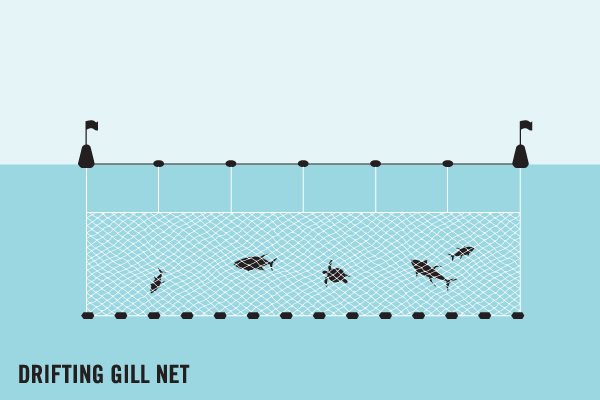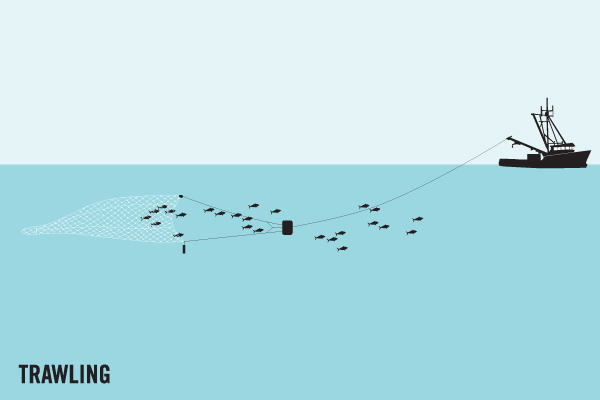Average Weight/Length
Common at 1-3 pounds; not too unusual at 5-7 pounds; maximum potential over 10 pounds. World record 13 pounds; Florida record 12 pounds.
Other "Popular" Names for this Fish
Sierra
Location Habitat
Largely coastal, but roams offshore at times. Migrates in large schools over great distances along the shore. Larvae are found in surface waters between 19.6° and 29.8°C with salinities of 28.3 to 37.4 ppt. Feeds mainly on small fishes (clupeoids and anchovies), few quantities of penaeoid shrimps and cephalopods. Casting, live-bait fishing, jigging, and drift fishing are also employed in capturing this species. Aerial spotting is sometimes used in locating the fish.
Biology & Physical Description
Dark above with silvery sides. Many spots, which are both yellow and brown. The body is proportionately deeper than with juvenile King Mackerel, and the yellow spots appear rounder and brighter, but if in doubt, the only true identifier is the lateral line, which tapers rather gently from front to back with no severe dip. Dorsal spines (total): 17 - 19; Dorsal soft rays (total): 17-20; Anal soft rays: 17 - 20; Vertebrae: 51 - 53. Interpelvic process small and bifid. Lateral line gradually curving down toward caudal peduncle. Vertebrae 21-22 precaudal plus 30-31 caudal, total 51-53. Intestine with 2 folds and 3 limbs. Swim bladder absent. Body covered with small scales. First dorsal fin black anteriorly and at distal margin posteriorly. Generally silvery with sides marked with about three rows of round to elliptical dark spots (orange in life).
Geographic Species Map (Fishbase.org Map)
|
|

|
Summary of Distribution: Western Atlantic: Canada to Cape Cod to Miami (USA) and Gulf of Mexico coasts from Florida, USA to Yucatan, Mexico. Three species namely: Scomberomorus tritor in eastern Atlantic, Scomberomorus sierra in eastern Pacific, and Scomberomorus brasiliensis in the Caribbean and Atlantic coast of South America have often been confused with this species. Absent in the Bahamas |
|
Note: Distribution range colors indicate degree of suitability of habitat which can be interpreted as probabilities of occurrence (fishbase.org) |
|
Sport Fishing Techniques
|
|
Gill netsGill-nets are the dominant gear in the Indian Ocean. Gill-nets are used in artisanal and semi-industrial fisheries, contributing to 30-40% of the total catch. The net design is comprised of continuous panels of uniform mesh size, aimed to trap fish behind the gills. The International Sustainable Seafood Foundation (ISSF) notes that rates of sharks and turtle by-catch in Indian Ocean gill-net fisheries are high.. |
|
|
|
River DriftRiver Drift means to use the.... |
|
|
|
TrawlingTrawling is when.... |
|
Tackle & Baits
Spinning, baitcasting and fly outfits. Spinning is often best because the faster retrieve of a spinning reel is sometimes needed to move a lure at a pace that will interest the Mackerel. Best lures are small white nylon jigs and silver spoons, but many others work, including topwater at times. Flies should be small with lots of flash. Best baits are small silvery baitfish, live shrimp and drifted strips.
Game Rating
Game Rating : 8/10
Game Description :
Outstanding on light tackle; very fast runs.
Food Rating
Game Rating : 6/10
Game Description :
Good smoked, too.Outstanding on light tackle; very fast runs.




















 Spanish Mackerel
Spanish Mackerel 




